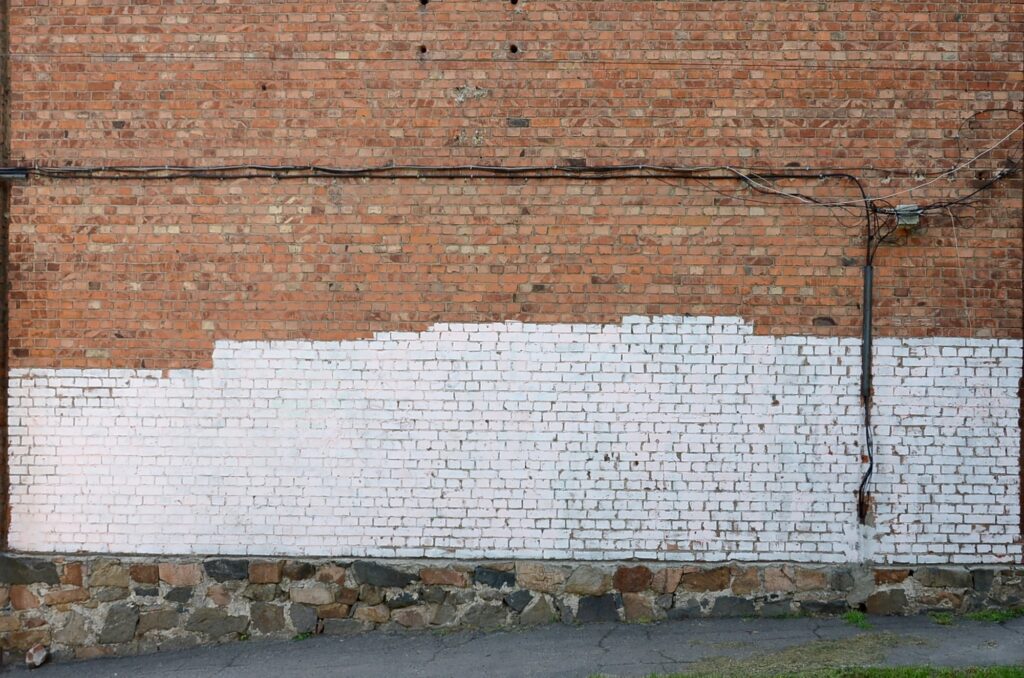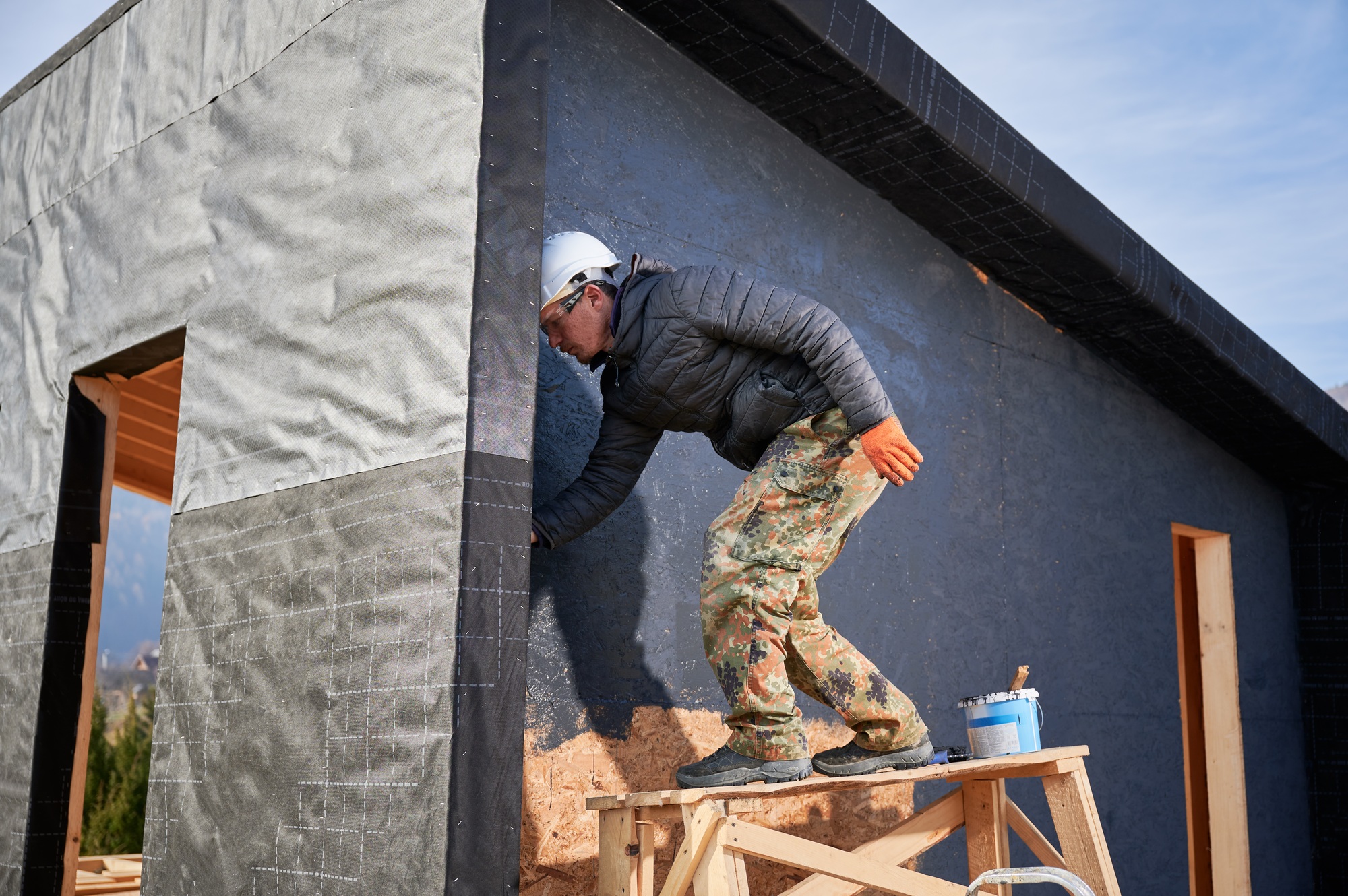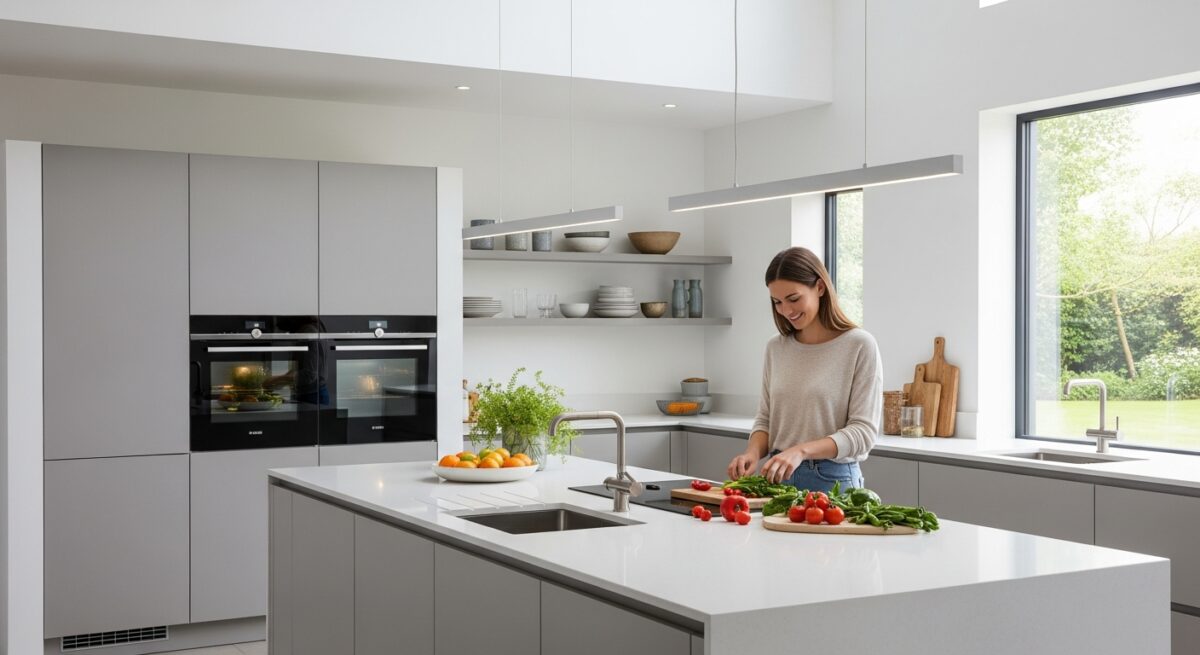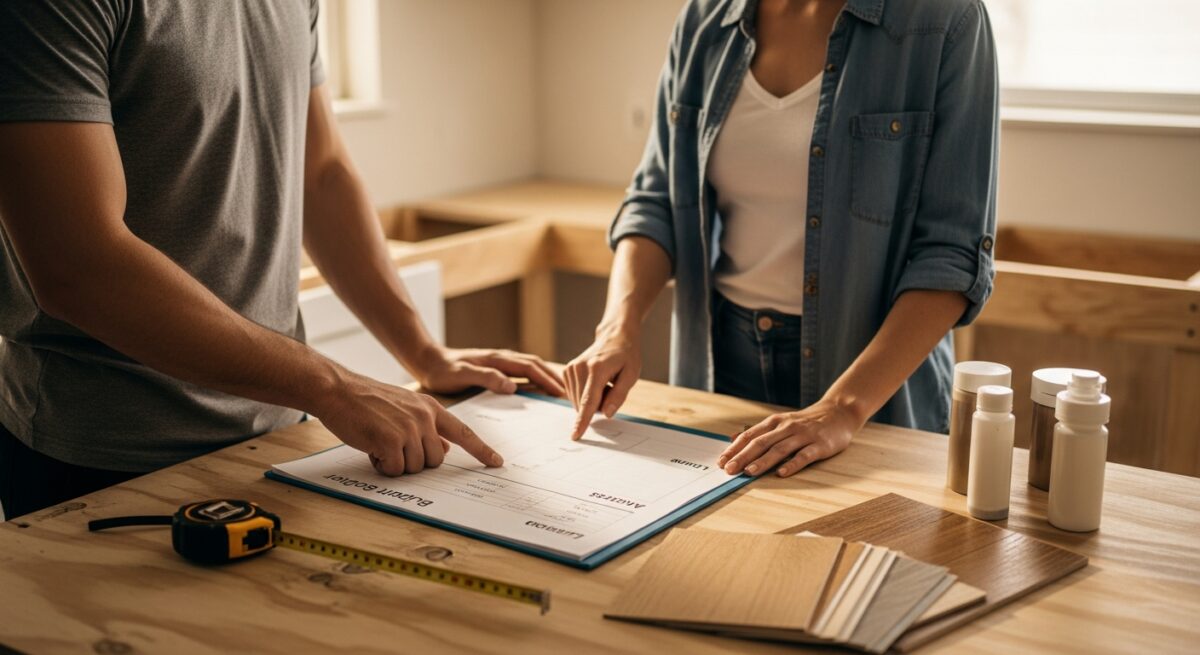Maintaining the exterior of your home is a vital part of protecting your investment and ensuring it remains beautiful for years to come. For homeowners in Hammond, Louisiana, where weather conditions include high humidity, occasional storms, and sunny days, proper upkeep of your home’s exterior paint is crucial. A well-maintained exterior doesn’t just improve curb appeal—it also protects your home from potential structural issues caused by weathering. By following these nine essential tips, you can significantly extend the life of your exterior painting, saving you time and money on frequent repaints.
Protect your home’s exterior with professional care! Contact our expert painting team in Hammond today for a free consultation
1. Start with High-Quality Paint and Materials
The foundation for a long-lasting paint job begins with the right materials. High-quality exterior paints are specially formulated to handle the demands of extreme weather conditions, including Hammond’s humid climate, heavy rains, and strong sunlight. Cheaper paints may initially save money, but they tend to fade, peel, or crack more quickly, leading to higher long-term costs.
- Why It Matters: Premium paints offer better adhesion, color retention, and resistance to moisture and UV rays, ensuring your home looks great and remains protected for years. Quality materials also reduce the frequency of touch-ups and repaints.
- Hammond Tip: Opt for acrylic latex paints, which are well-suited for high-humidity areas. These paints resist mildew and provide excellent durability.
- Pro Tip: Don’t forget about primers and finishes—pairing your paint with the right undercoat and topcoat adds an extra layer of protection against the elements.
2. Prep Your Surfaces Thoroughly
The importance of surface preparation cannot be overstated. Even the best paints will fail if they’re applied over dirty, uneven, or poorly prepped surfaces. Proper preparation creates a clean, smooth foundation for paint to adhere to, significantly extending its lifespan.
- Steps for Preparation: Begin by power washing your home’s exterior to remove dirt, mold, and peeling paint. Next, scrape off any loose paint and sand rough areas to achieve a uniform surface. Fill in cracks with exterior-grade filler or caulk.
- Hammond Tip: Before starting the paint job, inspect for moisture damage, such as soft or discolored wood. These areas should be repaired or replaced to prevent paint failure.
- Pro Tip: Use a mildew-resistant primer on surfaces exposed to shade or dampness. This step prevents mildew from developing under the paint and causing discoloration or peeling.
3. Clean Your Exterior Regularly
Keeping your home’s exterior clean is one of the easiest and most effective ways to maintain its paint. Dirt, grime, and mildew not only dull your home’s appearance but also accelerate the breakdown of paint layers. Regular cleaning removes these contaminants and helps your paint retain its original color and finish.
- How to Clean: Use a garden hose or a pressure washer on a low setting to rinse off dirt and debris. For stubborn stains, mix a solution of mild detergent and water, and gently scrub with a soft brush. Rinse thoroughly.
- Hammond Tip: Shaded areas and spots near vegetation are more prone to mildew growth due to high humidity. Pay extra attention to these areas during cleaning.
- Pro Tip: Schedule cleanings in the spring and fall to keep your home looking fresh year-round. Avoid high-pressure washing, as it can strip away paint or damage wood siding.
Maximize your curb appeal with long-lasting results. Schedule a consultation with our Hammond painting specialists today!
4. Inspect for Damage Annually
Annual inspections are essential for identifying and addressing potential problems early. Weathering, pests, and moisture can cause paint to crack, peel, or bubble, compromising both the appearance and protection of your home’s exterior.
- What to Check: Look for signs of damage, such as peeling or blistering paint, water stains, or cracks in siding and trim. Check high-risk areas like corners, window frames, and rooflines.
- Hammond Tip: Spring and fall are ideal times for inspections, as the mild weather allows for easier repairs.
- Pro Tip: Use binoculars to inspect high or hard-to-reach areas, such as eaves or second-story siding, without the need for ladders.
5. Reapply Caulking as Needed
Caulking plays a critical role in protecting your home from moisture by sealing gaps around windows, doors, and joints. Over time, caulk can crack or shrink, compromising the effectiveness of the seal and allowing water to seep in.
- How to Maintain Caulking: Remove old, deteriorated caulk with a scraper or putty knife. Apply new caulk with a caulking gun, smoothing it with a wet finger or tool for a clean finish. Allow it to dry before painting over it.
- Hammond Tip: Choose a caulk with mold and mildew inhibitors for added durability in Hammond’s humid climate.
- Pro Tip: Reapply caulking annually to prevent gaps and ensure a seamless, polished appearance.
6. Protect Against Sun Damage
Sunlight can cause paint to fade, crack, or chalk over time, especially on walls exposed to direct sunlight. Protecting your exterior paint from UV damage is essential for maintaining its color and durability.
- How to Protect: Invest in UV-resistant paints or apply a clear protective coating. These products block harmful UV rays and minimize fading and cracking.
- Hammond Tip: Planting shade trees or adding awnings can significantly reduce sun exposure on south-facing walls, protecting your paint and lowering energy costs.
- Pro Tip: Lighter colors, such as pastels or whites, reflect sunlight better than dark colors, making them a great choice for sun-exposed areas.
7. Avoid Landscaping Hazards
Landscaping adds beauty to your property, but overgrown plants and poorly placed irrigation systems can damage your home’s exterior paint. Maintaining a safe distance between your home and landscaping elements ensures your paint stays intact.
- What to Watch For: Trim trees, bushes, and vines to prevent them from rubbing against or scratching the painted surface. Ensure sprinkler systems don’t spray water directly onto walls.
- Hammond Tip: Use gravel or mulch around your home’s perimeter to reduce water splashback from rain or irrigation.
- Pro Tip: Keep a 12-inch gap between vegetation and your home to improve airflow and reduce moisture buildup near the exterior walls.
8. Perform Regular Touch-Ups
Even the most carefully maintained paint job can develop chips, scratches, or scuffs over time. Regular touch-ups are a simple and cost-effective way to keep your exterior looking flawless.
- How to Touch Up: Lightly sand damaged areas, apply a primer, and repaint with the same color. Use a small brush for precise application and blend the edges for a seamless repair.
- Hammond Tip: Save leftover paint from your original project for touch-ups to ensure an exact color match.
- Pro Tip: Schedule touch-ups after your annual inspection to address all areas of wear and tear at once.

Residental house wall with white paint patches covering graffiti vandalism on exterior
9. Hire Professionals for Maintenance and Repairs
Some projects require the expertise of professional painters. Hiring experienced contractors ensures the job is done correctly and efficiently, saving you time and ensuring long-lasting results.
- When to Call Professionals: If you notice extensive peeling, fading, or structural damage, consult a professional for a thorough evaluation and repair plan.
- Hammond Tip: Choose a local painting company familiar with Hammond’s climate and environmental conditions to achieve the best results.
- Pro Tip: Schedule periodic professional inspections and maintenance to catch potential issues early and keep your exterior in top condition.
Ensure your home stays beautiful year-round. Call us today for cleaning, repairs, and professional painting solutions!






